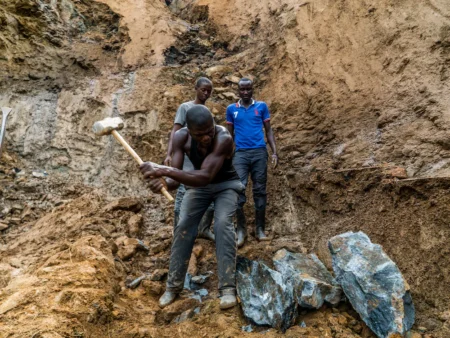- Less than half of media industry CEOs are optimistic that 2024 will be a good year
- 12 per cent of the media industry CEOs expressed low confidence
- Slowing in subscription growth – as well as increasing legal and physical harassment also tops media industry CEO’s worries
Less than half of media industry CEOs are optimistic that 2024 will be a good year for the industry reeling from the changing business models.
An estimated 47 per cent of editors, CEOs, and digital executives say they are confident about the prospects for journalism in the year ahead, with around four in ten (41 per cent) uncertain, and 12 per cent expressed low confidence.
The rising costs of running media organisations, declining advertising revenue, and a slowing in subscription growth – as well as increasing legal and physical harassment, are among the top concerns of media executives.
The report titled Journalism, Media, and Technology Trends and Predictions 2024 by Reuters Institute for the Study of Journalism, University of Oxford and Google shows that building on last year’s prediction, this year will see even more newspapers stopping daily print production as print costs rise and distribution networks weaken or in some cases reach breaking point.
“Overall, the mood in our survey responses is one of strong belief in the value of journalism but great uncertainty about the year ahead, fueled by the knowledge that another huge wave of technical disruption is on the way,” said Reuters Institute Senior Research Associate Nic Newman.
The survey conducted in Kenya and 56 countries and territories globally shows that traffic is reducing and impacting incomes despite an increasing shift to the digital space.
Why Digital shift is worrying media industry CEOs
In 2023, traffic from Facebook to news sites dropped by 48 per cent and from Twitter by 27 per cent. Because of this, 77 percent of those polled said they plan to pay more attention to their websites and apps next year.
Some (22 percent) might try to save money, and others (20 per cent) might try new places to share the news.
The reducing incomes have seen several global and local players newer avenues of money generation.
“Related to the above, the majority of our publisher respondents say they plan to create more video (+64 net score), more newsletters (+52), and more podcasts (+47), but broadly the same number of news articles – as they lean into some of the few remaining areas of audience and advertiser growth,” the report reads in part
Around half (54 per cent) of respondents admit their companies focus on maximizing attention rather than being more respectful of their audience’s time (37 per cent).
A new report by the Communications Authority also shows that the number of Kenyans using online platforms to access media programs has more than doubled to 53 per cent.
The Kenya Media Landscape Report between July and September 2023 shows that from 2015, online media consumption has increased from 27 per cent in 2014 to 57 per cent, attributed to a surge in Internet use in the country.
Read Also: Kenya to Pay Outstanding $10 Million in Media Bills to Aid Struggling Companies.
Changing Business Models
According to the report, the rise in online media access has led to a decline in newspaper and radio consumption while television gains.
Between 2014 and 2023, weekly radio listenership declined from a high of 92per per cent of the population to 77 per cent, as that of newspaper readership plunged to a paltry 7per percent from 21 per cent.
Television viewership, however, registered a massive gain from 46 per cent to 74 per cent.
“The shift in preferences suggest a dynamic transformation in the way Kenyans engage with media, with television and online platforms playing an increasingly prominent role in shaping the country’s media consumption habits,” said CA.
Radio listenership dominates in the Lake, Coast, Lower Eastern, North Western, Rift Valley, South Nyanza, and Western regions.

On the other hand, TV viewership is dominant in Central, Nairobi, and Upper Eastern regions.
It is only in the country’s North Eastern region where 64 per cent of Kenyans use the internet to access media programs compared to 54 per cent for TV, 53 per cent for radio, and 17 per cent for the newspaper.
Read Also: Kenya partners with media to market tourism offerings
Men lead in radio, TV, Internet, and newspaper media consumption with 80 per cent, 77 per cent, 62 and 23 per cent, respectively, compared to women’s 74 per cent, 70 per cent, 52 per cent, and 12 per cent.











